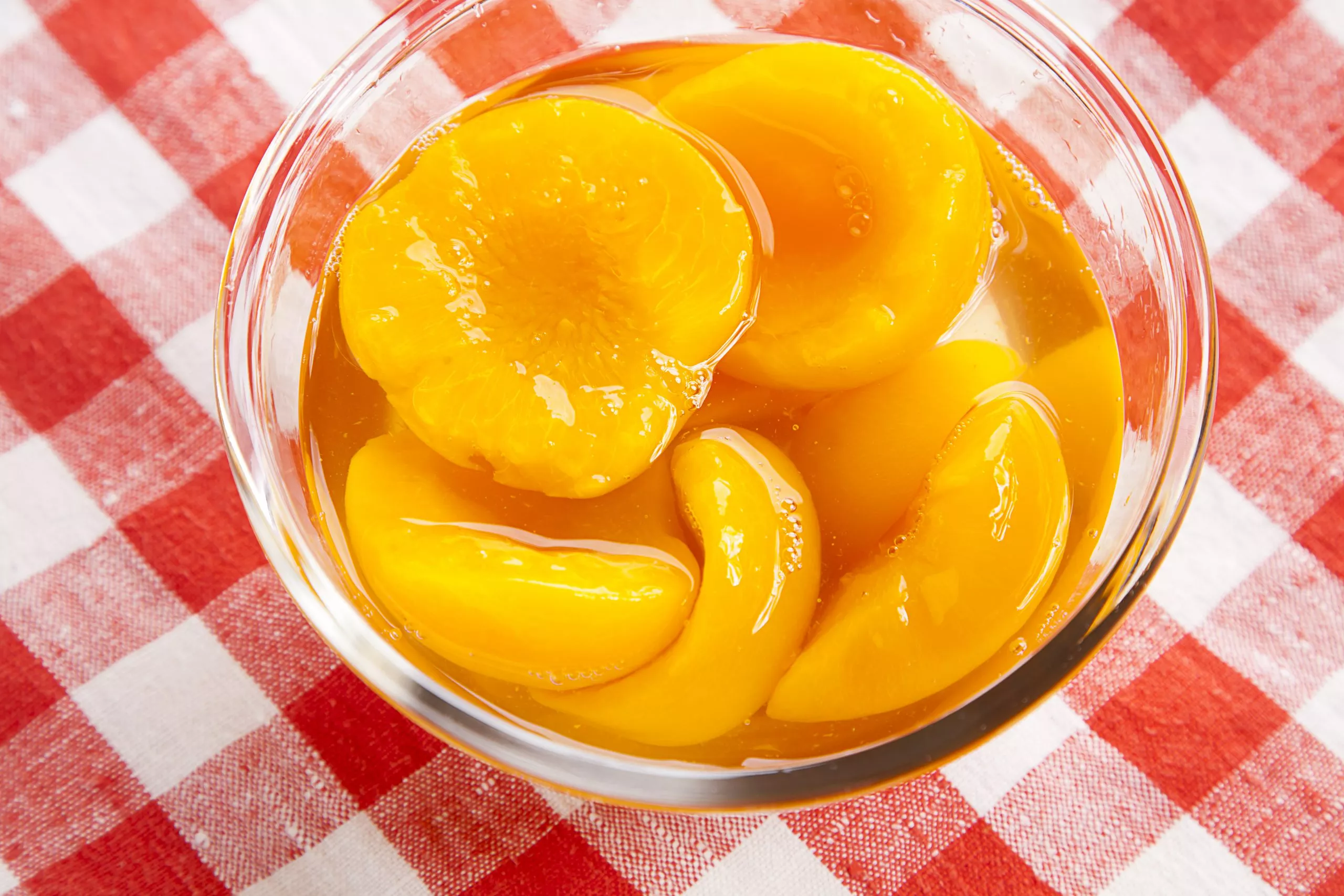
Nothing can beat eating a fresh peach plucked right from the tree; juicy and warm that hits you with all the flavors of summer. The trouble is that once picked, peaches can go bad quickly, which is why you need to use a few household staples to keep the peaches from turning brown.